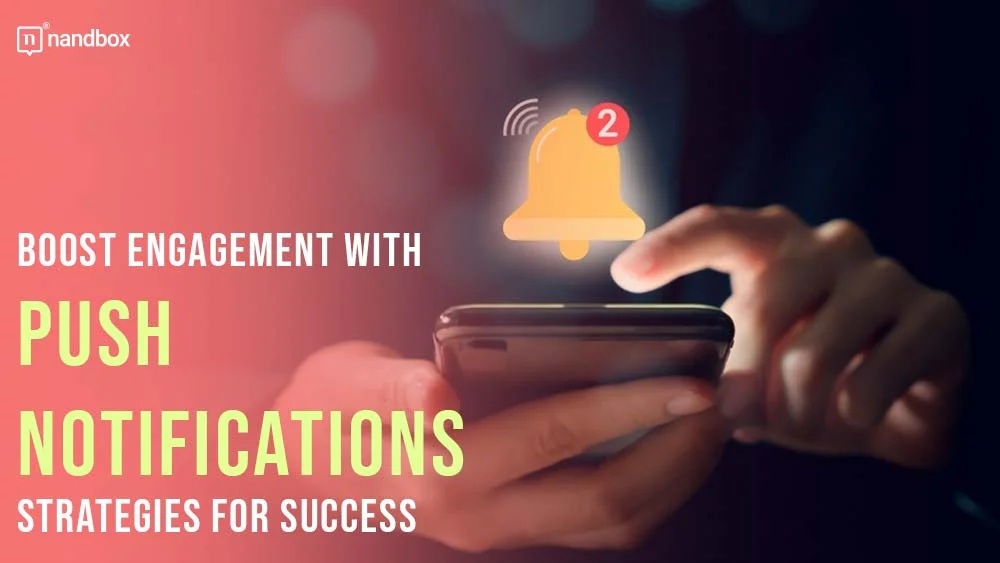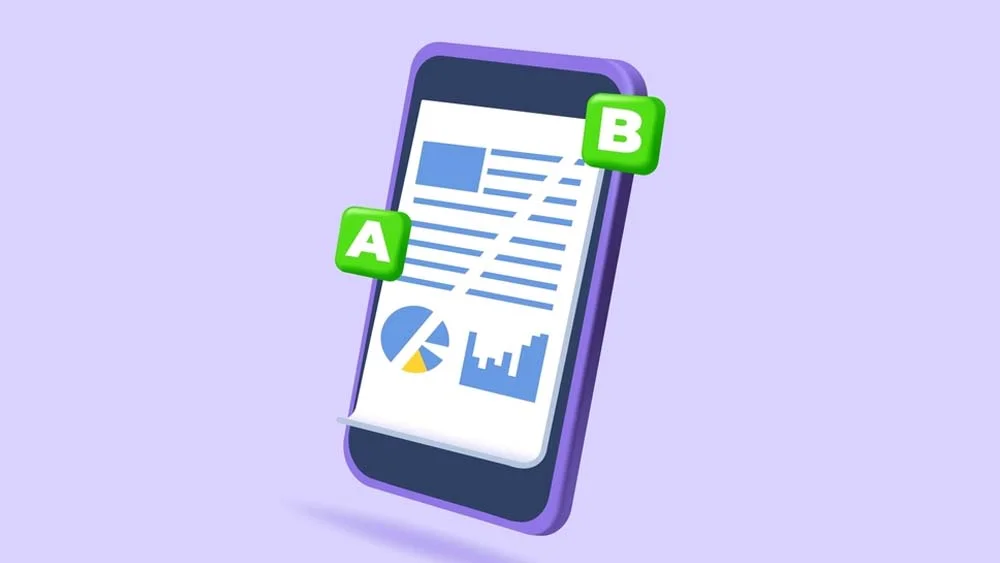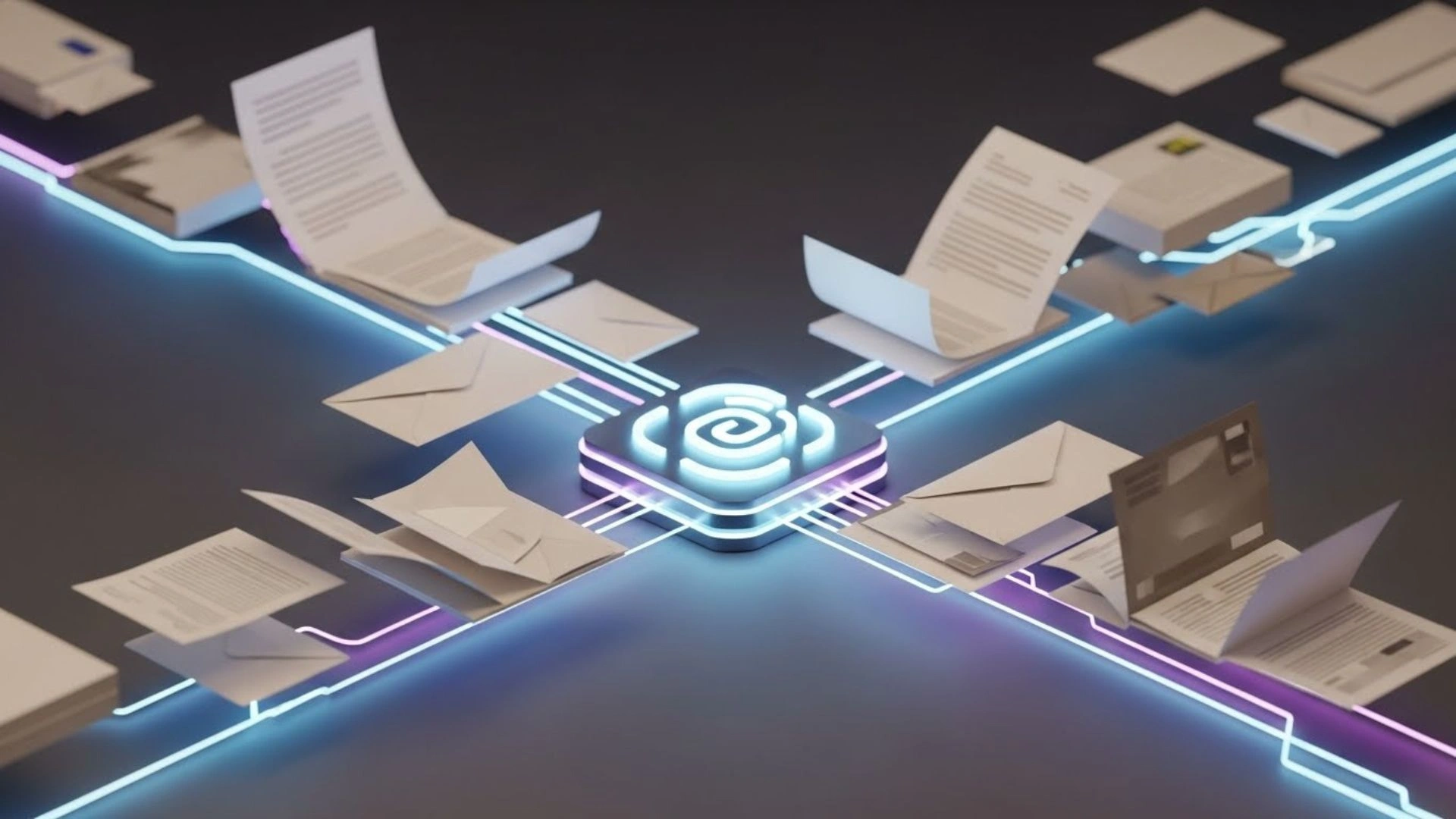In a competitive eCommerce space, staying connected with your customers isn’t optional. Push notifications give you a direct line to your users, letting you share timely updates, promotions, and offers that keep them engaged and interested.
Let’s take a closer look at how push notifications can boost sales in eCommerce apps.
What Are Push Notifications?
Push notifications are those little alerts that pop up on your phone, even when you’re not using an app. They’re a way for businesses to connect with their users in real-time, sharing updates like:
- New product launches
- Personalized recommendations
- Flash sales
These notifications can grab your users’ attention right when they need it most—whether it’s a reminder to complete their cart or a special holiday discount that gets them shopping.
Why Are They Effective?
Push notifications stand out because they’re immediate, personalized, and action-oriented. Think about it:
- Real-Time Reach: They deliver messages instantly, making them ideal for time-sensitive campaigns.
- Tailored Content: Notifications based on a user’s shopping habits or preferences feel more relevant and valued.
- High Visibility: Unlike emails or social media ads, push notifications show up right on the lock screen, ensuring they’re seen quickly.
These qualities often inspire action—whether that’s finishing a purchase or snagging a limited-time deal.
Strategies for Boosting Sales with Push Notifications
When you know how to leverage push notifications, you can not only capture attention but also convert leads into loyal customers. Let’s dive into the best practices for maximizing the impact of push notifications on your sales efforts.
1. Personalized Recommendations
Push notifications are effective when the message is personalized and the offer is relevant to the user. You can use the customer’s browsing history and past purchases to customize your product suggestions.
“Personalized deals show users you understand their needs, so they’re more likely to make the purchase. You can get their attention when the offer matches their interest, and you can keep them engaged when you offer regular personalized deals,” said Matt Wouldes, Founder at Land & Sea NZ.
You should also offer relevant upsells or cross-sells, which can increase the overall spend per transaction. Example:
“Pair your new dress with these accessories.”
2. Flash Sales and Limited-Time Offers
Use urgency-based notifications to drive immediate action and motivate customers not to delay their decision. For example:
“Hurry! 50% off ends in 3 hours!”
This prompts them to act now because flash sales and limited-time offers make them feel they wouldn’t want to miss out on the deal.
There’s also that exclusive appeal when you make the deal special and a reward to loyal customers. For example, an “Only for app users” alert highlights exclusivity and a special opportunity.
3. Abandoned Cart Reminders
You can recover around 10% of lost sales with abandoned cart reminders. They’re effective for re-engaging customers who added items to their cart but didn’t complete the purchase. These push notifications are a gentle nudge that can encourage customers to finish their shopping.
Send a well-timed abandoned cart reminder to customers that they have items waiting to be checked out. Bring the product back to their attention and reignite their desire to buy.
You can add discounts, free shipping, or a sense of urgency to help address hesitations. Example:
“Last 3 stocks left! Check out now!”
4. Loyalty Programs and Rewards
Notify users about earned points, milestones, or exclusive rewards. Notify loyal customers about special perks, like a free custom water bottle with their next purchase.” suggested by Michael Nemeroff, Co-founder & CEO at RushOrderTees.
For example:
“You’ve earned 100 points! Redeem them now for a discount and a gift.”
These notifications promote repeat purchases and strengthen customer loyalty. They make customers feel valued and connected to your brand.
5. Seasonal Campaigns
Capitalize on holidays or special events with themed notifications. For example:
“Black Friday is here! Explore Black Friday SaaS deals with up to 70% off—shop now for amazing offers.”
Seasonal campaigns tap into the festive mood and encourage customers to go shopping. So, make sure that you schedule notifications to coincide with key shopping dates and plan early to maximize impact.
Best Practices for Effective Push Notifications
How can you make sure that your push notifications are effective? Here are some best practices:
1. Craft Engaging Content
Keep your messages short but compelling. It’s important to use action-oriented language like “Shop now” or “Don’t miss out!”. Your call to action must be clear.
2. Use Proper Timing and Frequency
Your push notifications must be well-timed. Use analytics to determine the best times for sending messages. Also, determine how many times you’ll send the alerts. You wouldn’t want to spam users with excessive notifications.
3. Segment Your Audience
Group your target audience based on different categories, such as their behavior, location, or purchase history. This improves the relevance and personalization of offers. For example, send your new customers a welcome discount, while your loyal customers get exclusive perks.
4. A/B Testing
Experiment with different headlines, images, or offers to identify the most effective approach for your brand. Testing ensures you’re using the right notifications to resonate with your audience.
Common Pitfalls to Avoid
While push notifications can be incredibly effective, misusing them can harm your relationship with customers and reduce the success of your eCommerce app. Here’s a closer look at common pitfalls and how to avoid them:
1. Overusing Notifications
Don’t bombard users with too many notifications in a single day. They can be annoying or overwhelming, which can lead to disabled notifications or worse, app uninstalls. Send only valuable and meaningful notifications that align with the user’s preferences or shopping habits.
2. Sending Irrelevant or Generic Messages
Sending vague or irrelevant notifications, such as “Check out our new arrivals,” without personalization fails to capture user interest and makes your communication feel robotic or spammy. You have to personalize your content and customize your offers.
3. Ignoring User Preferences
Ignoring user preferences or opt-out requests can be frustrating to them. It can lead to complaints and even reputational damage. Users who feel they have no control over notifications may stop engaging with your app altogether.
“Allow users to control the types of notifications they want to receive (e.g., only sale alerts or loyalty updates) and make sure that they can easily unsubscribe or modify their notification preferences,” said Max Tang, CMO at GEEKOM.
Conclusion
Push notifications offer a direct and efficient way for eCommerce apps to boost sales. Use them to your advantage by personalizing messages, creating urgency, and leveraging user insights. As a result, you can enhance customer engagement and revenue.
Ready to transform your sales strategy? Start using push notifications wisely to create memorable shopping experiences and drive growth.
nandbox App Builder
Push notifications are an extremely effective technique for increasing user engagement, retention, and real-time communication. They let businesses send timely updates, personalized messages, and promotions directly to customers’ devices, boosting interaction and app usage. Businesses may use the nandbox App Builder to effortlessly integrate push notification capabilities into their mobile apps without having to code. The platform provides for customization of notification content, scheduling, and targeting to ensure that messages reach the intended audience at the appropriate moment. Businesses may use nandbox to improve user experiences, build client loyalty, and boost engagement rates with effective push notification methods.





